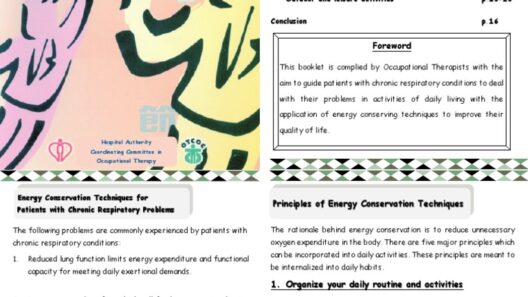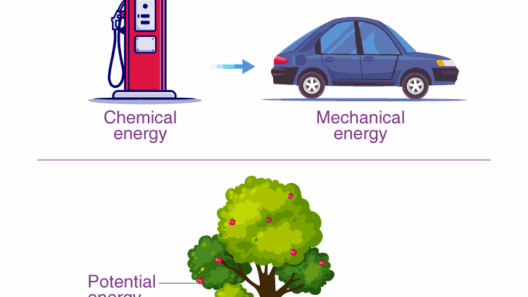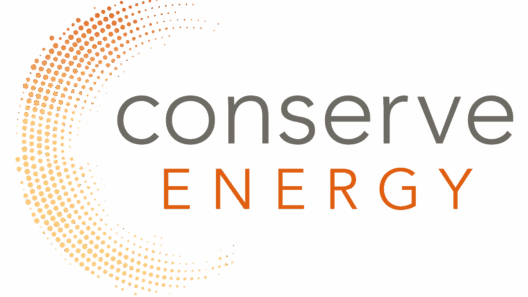Solar energy has emerged as a beacon of hope in the global fight against climate change. Harnessing the abundant energy from the sun not only contributes to a healthier planet but also allows homeowners to cut their energy costs significantly. But have you ever wondered how you can maximize your solar energy conservation strategies at home? Are you ready to embrace the challenge of capturing the sun’s energy while minimizing your electricity bills?
Conserving solar energy effectively within your home is paramount for fostering sustainability. It involves several dimensions, from the installation of solar panels to adopting energy-efficient practices. Let’s delve into a comprehensive guide on how to effectively conserve solar energy at home.
1. Harnessing Solar Power through Photovoltaic Systems
The first step to conserving solar energy is to invest in a photovoltaic (PV) system. Solar panels convert the sunlight into electricity, providing a renewable energy source that can be used to power your home. When functioning optimally, solar panels can significantly reduce reliance on traditional power grids, especially during peak daytime hours. Installation can be a significant upfront investment, but numerous state and federal incentives, including tax credits and rebates, can help mitigate costs.
2. Optimize Solar Panel Placement
Where you place your solar panels can drastically impact their efficiency. Position them where they will receive maximum sunlight exposure—typically on the south-facing side of the roof. Landscaping, nearby buildings, and other obstructions should also be taken into consideration. Employing a shade analysis tool can assist you in selecting the most suitable location for your solar array.
3. Energy-efficient Appliances Are Key
After installing solar panels, consider the type of appliances you use in your home. Energy-efficient appliances consume less electricity, therefore maximizing the output from your solar system. Look for appliances with the ENERGY STAR label, which signifies superior energy efficiency. Replace older appliances with modern counterparts that boast energy-saving features to further enhance your solar conservation efforts.
4. Implement Smart Home Technology
Smart home technology can enhance your ability to conserve solar energy. Devices such as smart thermostats, smart lighting, and solar inverters can help monitor and manage your energy consumption more effectively. For example, a smart thermostat can optimize your heating and cooling needs by adjusting temperatures based on your preferences and solar power availability. These devices not only promote more sustainable living but can also lead to long-term cost savings.
5. Adopt Energy Storage Solutions
Battery storage systems, such as Tesla Powerwall or LG Chem, allow you to store excess energy produced during sunny days for use during nighttime or cloudy days. Energy storage solutions ensure that you can maximize the utility of your solar energy system. By drawing on stored energy instead of relying on the grid, you can further cut your electricity costs and lessen your carbon footprint.
6. Embrace Passive Solar Design
Passive solar design hinges on the strategic placement of windows, walls, and floors to harness sunlight for heating and cooling purposes. By optimizing natural light and thermal energy, passive solar techniques minimize reliance on artificial lighting and heating systems. This could involve using thermal mass, such as stone or concrete, to absorb and later radiate heat during cooler evenings. By thoughtfully designing your home, you can create a more energy-efficient environment.
7. Insulation and Sealing
Another crucial aspect of energy conservation at home is ensuring that it is well-insulated. Proper insulation prevents the loss of heated or cooled air, allowing your solar energy systems to work more effectively. Check for drafts around windows and doors, and use weather-stripping or caulking to seal leaks. The less energy you lose, the more efficiently your solar energy system can function.
8. Monitoring and Adjusting Your Energy Use
Regularly monitoring your energy consumption can help you identify areas where you can cut costs. Many solar inverters provide real-time data on energy production and usage, allowing you to make adjustments accordingly. Consider shifting heavy energy usage to sunny hours when your solar panels are producing the most electricity. By making small changes in your daily habits, you can significantly enhance your solar energy conservation efforts.
9. Participate in Community Solar Programs
Even if installing solar panels on your own property is not feasible, consider participating in community solar programs. These initiatives allow multiple households to share energy generated from a nearby solar array without the need for individual installations. This collaborative approach provides access to renewable energy for those who may not have the resources or appropriate conditions for individual solar systems.
10. Engage in Continuous Learning
Staying informed about new technologies and trends in solar energy can enhance your conservation strategies. Attend workshops, webinars, and community events focused on renewable energy. These gatherings not only offer valuable insights but also provide opportunities to network with like-minded individuals committed to sustainability.
Conclusion
Conserving solar energy at home is both a responsibility and an opportunity. By reaping the benefits of sunlight and committing to energy efficiency, you not only help the planet but also reduce your living expenses. The challenge lies in continually seeking innovative ways to embrace solar energy and integrate it into everyday life. So, are you ready to take the plunge and cultivate a sustainable solar-powered future for your home?








